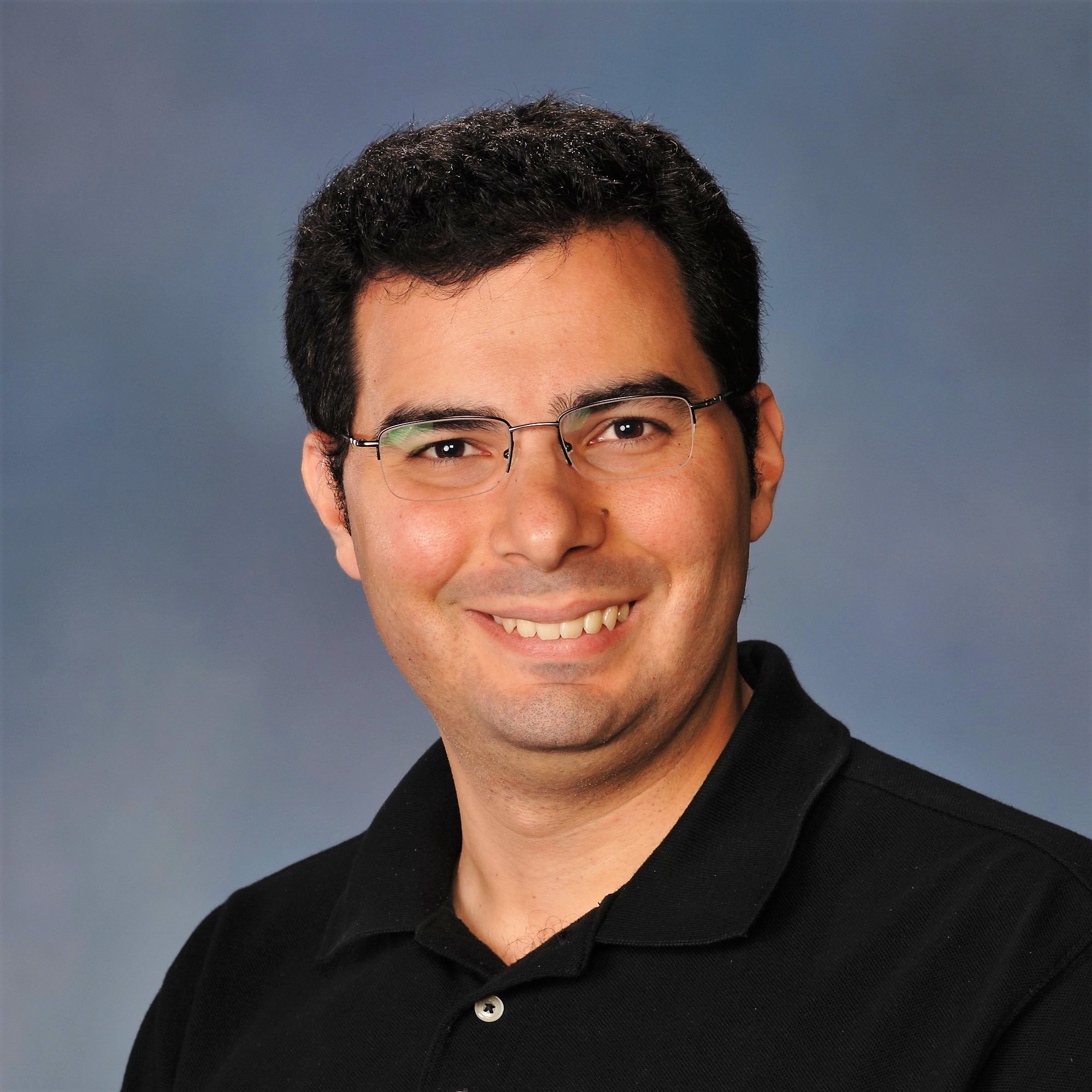
Department of Chemistry and Biochemistry
Professor and Undergraduate Program Officer (UPO)
Research Areas: Inorganic
Office: 371 Chemistry Building
Address:
179 Chemistry Building
Auburn, AL 36849
Phone: (334) 844-6463
Fax: (334) 844-6959
Email: crgoldsmith@auburn.edu
My research features a great deal of synthetic inorganic chemistry, but my lab’s work draws heavily from the fields of organic chemistry and biochemistry. My research group is developing small molecule sensors for reactive oxygen species and homogeneous catalysts for the oxidation of hydrocarbons and the degradation of superoxide.
Small Molecule Sensors for Reactive Oxygen Species:
Reactive oxygen species (ROS) have been implicated in a huge number of health conditions, including numerous inflammatory, cardiovascular, and neurological pathologies (e.g. Huntington’s and Alzheimer’s diseases). The ability to monitor aberrant oxidative activity within living subjects would be a tremendous boon for medicine, with the potential to improve both diagnostic and treatment options for the associated diseases.
Recent work from my lab has produced a series of redox-active contrast agents for magnetic resonance imaging (MRI). Activation by hydrogen peroxide, the most prevalent ROS in biology, enhances the contrast. We are currently exploring mononuclear manganese(II) and iron(II) complexes with redox-active ligands as sensors. Upon oxidation, the relaxivity of the compound increases, providing a signal that can be detected and quantified by MRI.
Catalysts for Reactive Oxygen Species Degradation
Superoxide dismutases (SODs) are enzymes that catalyze the degradation of superoxide, another ROS. Small molecule mimics of SODs can potentially be used to treat the many health conditions associated with oxidative stress.
The manganese(II) complexes that were developed for hydrogen peroxide sensing have been found to catalytically degrade superoxide and/or hydrogen peroxide. The redox-active ligands are responsible for much of this activity, and we have found that we can substitute other metals for the manganese to prepare SOD and catalase mimics with similar, or even improved, activity.
Catalysts for Hydrocarbon Oxidation
Industry has long been searching for more affordable and sustainable means to prepare fine chemicals from petroleum-based hydrocarbon starting materials.
We have recently been using non-traditional metals to catalyze the oxidation of hydrocarbons by a variety of oxidants. The metals that we use are earth-abundant; this lowers the cost while improving the sustainability of the resultant catalyst. Recent examples include using gallium(III) complexes with N-donor ligands to accelerate the epoxidation of alkenes by peracids and using cobalt(II) complexes as catalysts of the oxidation of weak C-H bonds by iodosobenzene and meta-chloroperbenzoic acid.
|
Last updated: 09/20/2023
